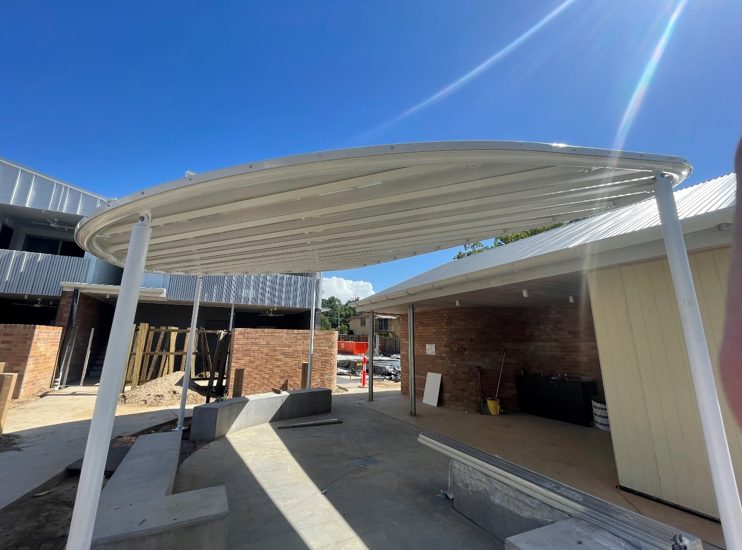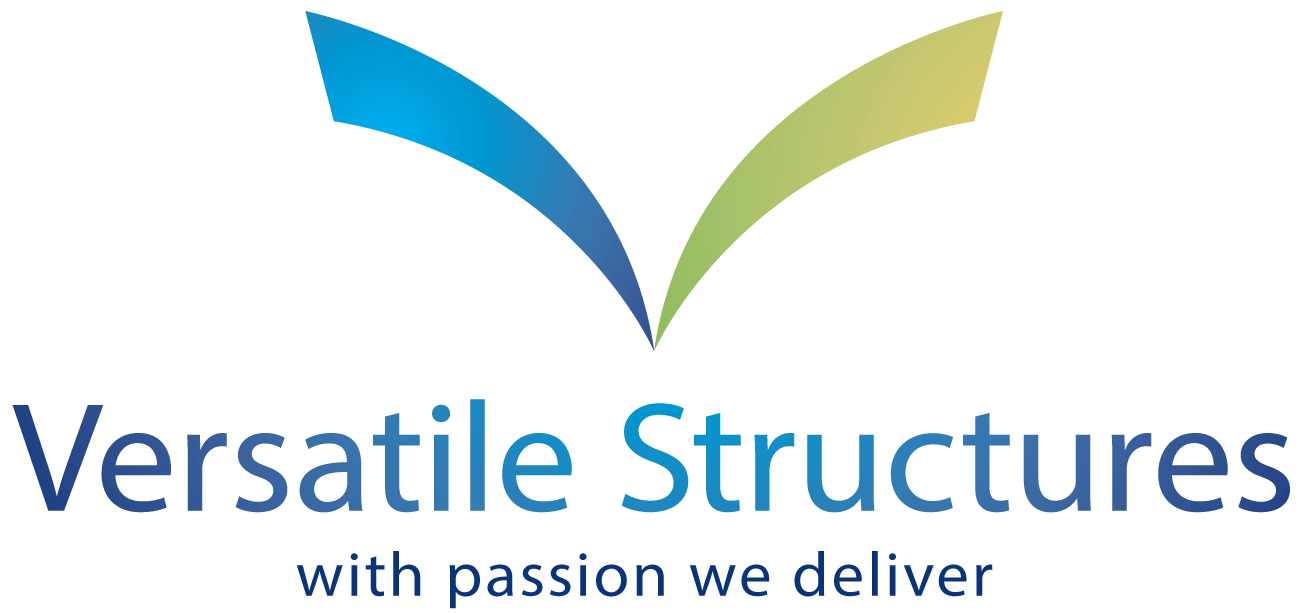YOU ARE HERE:

Incorporating Shade into Your Project Design
Jamie Howard In Shade Structure
When it comes to designing outdoor spaces, whether for domestic or commercial purposes, one often overlooked but crucial element is shade. Incorporating shade into your project design not only enhances the comfort and functionality of the space but also contributes to its aesthetic appeal. In this article, we will explore the importance of shade in project design and discuss how commercial shade structures can protect against the harsh sun. We will also provide essential tips on sourcing a reliable shade sail provider, ensuring that your project benefits from versatile structures that combine form and function.
Consider Shade in Your Project Design
- Enhanced Comfort and Usability
The first and most apparent benefit of incorporating shade into your project design is enhanced comfort and usability. Whether you’re designing a backyard patio, a public park, or a commercial outdoor dining area, providing shade allows people to enjoy the space even on scorching summer days. Shade offers respite from the relentless sun, making the area more inviting and ensuring that it remains a hub of activity regardless of the weather.
- Protection from Harmful UV Rays
Another critical aspect to consider when designing outdoor spaces is the protection of occupants from harmful UV rays. Prolonged exposure to the sun can lead to sunburn, premature aging, and an increased risk of skin cancer. By incorporating shade structures into your project, you’re not only creating a comfortable environment but also a safer one. This consideration is especially crucial in commercial spaces where the health and well-being of customers and employees are paramount.
- Preservation of Materials and Furnishings
Shade is not just about protecting people; it also plays a role in preserving materials and furnishings. The sun’s harsh rays can cause fading, warping, and deterioration of outdoor furniture, fabrics, and even building materials. By providing adequate shade, you can extend the lifespan of these elements, reducing maintenance costs and ensuring that your project remains in pristine condition for years to come.
- Energy Efficiency
Shade structures can also contribute to the overall energy efficiency of a space. When shade is strategically placed to block the sun’s rays from entering buildings, it reduces the need for excessive air conditioning and cooling systems. This energy-saving aspect is not only environmentally friendly but also cost-effective, making it an attractive feature for both residential and commercial projects.
Keep an Eye Out for These Red Flags When Sourcing a Domestic or Commercial Shade Sail Provider
Selecting the right shade sail provider is crucial to the success of your project. Here are some red flags to watch out for when sourcing a provider:
- Lack of Experience
One of the most significant red flags is a lack of experience. If a shade sail provider is relatively new to the industry or cannot provide a track record of successful projects, it’s best to proceed with caution. Experienced providers have a deep understanding of design, engineering, and installation, ensuring that your shade structure is not only functional but also aesthetically pleasing.
- Limited Material Options
Versatility is key when it comes to shade structures. If a provider offers only a limited range of materials and design options, it may not be the best fit for your project. Look for providers that offer a wide selection of materials, colours, and designs to ensure that you can create a shade structure that complements your project’s overall aesthetic.
- Poor Customer Reviews
Customer reviews and testimonials can provide valuable insights into a shade sail provider’s reputation and reliability. If you come across a provider with consistently negative reviews or a history of customer complaints, it’s a clear red flag. Take the time to research and read reviews from previous clients to gauge the provider’s level of customer satisfaction.
- Lack of Proper Licensing and Insurance
An unlicensed or uninsured shade sail provider should raise immediate concerns. Proper licensing and insurance not only demonstrate a commitment to professionalism but also provide you with protection in case of accidents or issues during the installation process. Always verify that the provider meets all legal and insurance requirements.
- Inadequate Warranty and Maintenance Plans
A reputable shade sail provider should stand behind their products and services with a comprehensive warranty. Be cautious if a provider offers a limited or vague warranty, as this may indicate a lack of confidence in their workmanship. Additionally, inquire about maintenance plans to ensure that your shade structure remains in excellent condition over the long term.
Commercial Shade Structures Can Protect Against the Harsh Sun
Commercial spaces often face unique challenges when it comes to providing shade. The need to accommodate a large number of people while maintaining an aesthetically pleasing environment requires careful planning. Commercial shade structures offer an effective solution by providing protection against the harsh sun while adding to the overall appeal of the space.
- Outdoor Dining Areas
Restaurants, cafes, and bars with outdoor dining areas can benefit significantly from commercial shade structures. These structures not only shield customers from the sun’s heat but also create an inviting atmosphere for al fresco dining. They can be customized to fit the restaurant’s branding and design, enhancing the overall dining experience.
- Retail Spaces
Retail businesses often use outdoor spaces for displays, promotions, and customer engagement. Commercial shade structures can help protect products and customers from the sun’s damaging effects. Additionally, they can serve as eye-catching focal points that draw customers into the retail space.
- Public Parks and Recreational Areas
Public parks and recreational areas are meant for everyone to enjoy, and providing adequate shade is essential. Commercial shade structures in these spaces can offer relief to park-goers, ensuring that they can enjoy outdoor activities without the risk of overheating or sunburn. From picnicking areas to playgrounds, shade structures enhance the usability of public spaces.
- Sports Venues
Sports venues, such as stadiums and arenas, can use commercial shade structures to protect spectators from the intense sun during events. These structures can be designed to accommodate large crowds while providing unobstructed views of the action. Additionally, they can be branded with team colours and logos, adding to the overall fan experience.
Conclusion
Incorporating shade into your project design is not just a matter of comfort; it’s a fundamental consideration for safety, energy efficiency, and the longevity of your outdoor space. Whether you’re designing a domestic patio or a commercial outdoor venue, shade structures play a crucial role in enhancing usability and aesthetics. When sourcing a shade sail provider, be vigilant for red flags and prioritize experience, versatility, and customer satisfaction. By doing so, you can ensure that your project benefits from versatile structures that protect against the harsh sun and elevate the overall quality of the space.
Share:
Jamie Howard - Director
Co-founder and Director Jamie has been hands-on in the shade and steel industry since leaving school. With over 15 years’ experience in shade, membrane and steel projects, Jamie is excited about the design opportunities shade structures offer in the commercial and industrial sectors. Jamie’s extensive design skills give him a competitive edge in situations with technical design complexity. He has won two personal industry awards for his designs, alongside many company-won awards.

